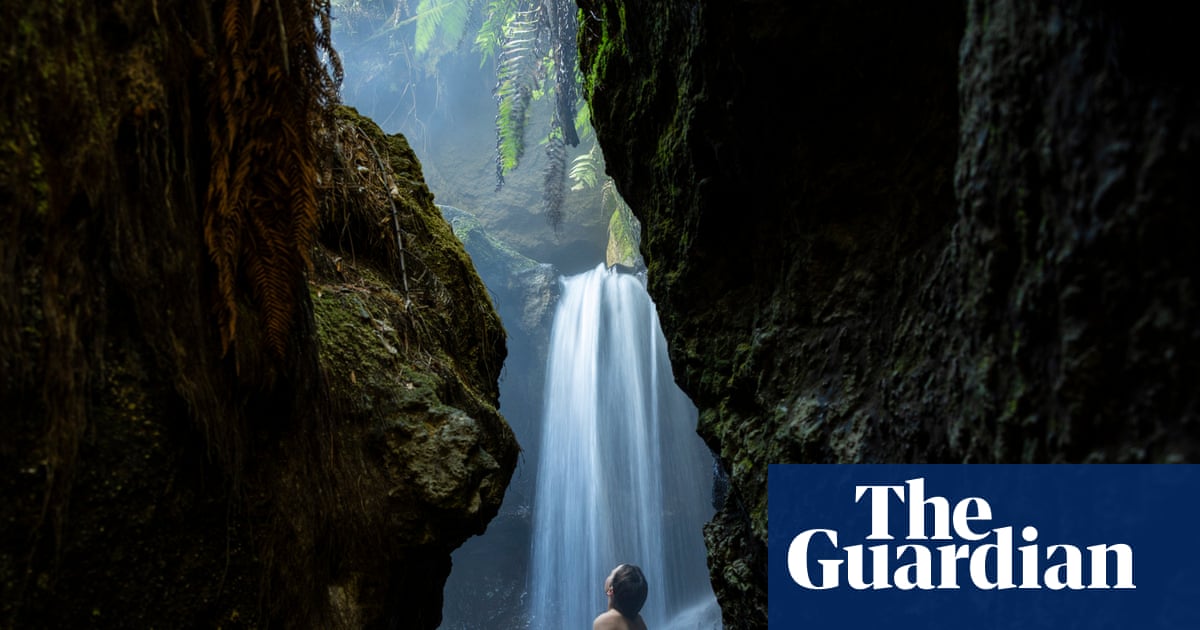
"To get to the geothermal pool of the Squeeze near Taupo in New Zealand, you need to kayak across a lake and wade through a stream pinched between the narrow walls of a canyon. As she walked through the forest to get to the pool, Carmen Chan could feel the mud between her toes getting warmer. It was such a visceral way to be in the forest, Chan says. The pool had a hot waterfall, the steam from which created a fogginess like an Indiana Jones adventure even though the real world, golf courses and highways, was only 6km away."
"Rotorua, three hours' drive from Auckland in northern New Zealand, has geothermal pools thanks to the Taupo volcanic zone, an area of activity caused by the Pacific tectonic plate melting as it is pulled underneath the Australian plate. Groundwater seeps through the crust and gets heated by magmas deep below, says Adrian Pittari, an earth sciences lecturer at the University of Waikato."
"On a map of New Zealand's hot springs there's a trail of bright red dots, indicating springs of up to 90C, around Rotorua and nearby Taupo. The water has sometimes been as deep as 5km underneath the Earth's surface where rock melts. Blue dots represent slightly cooler hot springs, created by the ambient heat of the Earth, scattered through the North Island and New Zealand's Southern Alps."
To reach the Squeeze geothermal pool near Taupo visitors kayak across a lake then wade through a narrow canyon stream. Mud underfoot becomes noticeably warm while walking through the forest toward the pool. The pool features a hot waterfall whose steam forms a foggy atmosphere reminiscent of adventure films, despite golf courses and highways being only 6km away. Carmen Chan regularly visits local hot springs to soak after hospital shifts. Rotorua, three hours' drive from Auckland, sits above the Taupo volcanic zone where subduction of the Pacific plate heats magmas that warm groundwater. Springs around Rotorua and Taupo can reach 90°C, with water originating from depths up to 5km.
Read at www.theguardian.com
Unable to calculate read time
Collection
[
|
...
]